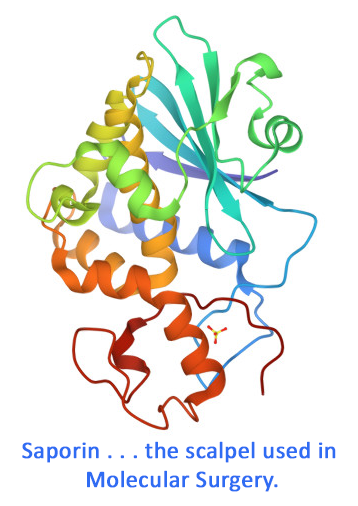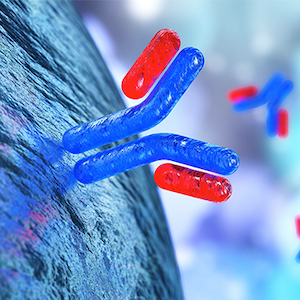The complement system is a group of small proteins found in the blood, primarily synthesized by the liver and circulating as inactive precursors. Upon activation by various triggers, proteases cleave specific components to release cytokines and initiate a cascade that amplifies the immune response. This process ultimately leads to the formation of the membrane attack complex, which can lyse target cells. The CR1 gene encodes a monomeric, single-pass type I membrane glycoprotein expressed on erythrocytes, leukocytes, glomerular podocytes, and splenic follicular dendritic cells. CR1 mediates the binding of immune cells to complement-activated particles and complexes. Altered expression or mutations in CR1 have been linked to several diseases, including gallbladder carcinoma, mesangiocapillary glomerulonephritis, systemic lupus erythematosus, and sarcoidosis.
Mouse IgG1 (9H3) and IgG2a (7G9) monoclonal antibodies generated against human complement receptor 1 (CR1) and recognizing human CR1 expressed on red cells and other cells as well.
Applications include flow cytometry.


